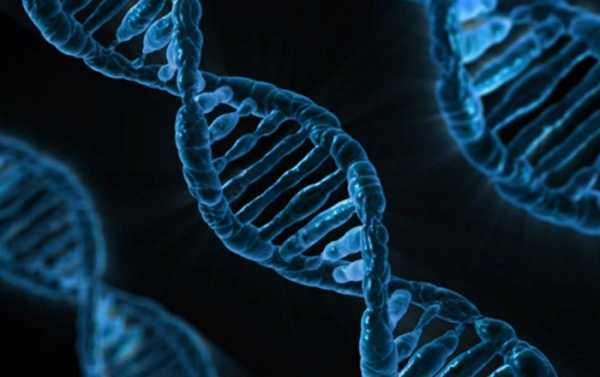
Genetic material could be used to pinpoint the time of a person’s death, according to a new study from the Centre for Genomic Regulation in Barcelona, published in the journal Nature Communications. Radio Sputnik discussed the discovery with Professor Roderic Guigó, a computational biologist and group leader at the center.
The researchers study from the Centre for Genomic Regulation in Barcelona analyzed 9,000 tissue samples from thirty-nine deceased persons with information about a donor’s time of death and when the samples were preserved. The scientific team used the unique patterns of change in each tissue to trace the moment when the person died.
Roderic Guigó: We could analyze the death of the individuals, the donors who died, in the period of 24 hours. This is the part of the larger process that actually aims to understand the pattern of gene expression in living individuals. The individuals [in our project] had the postmortem interval, meaning the time since death, of less than 24 hours. Our study actually limits to these first 24 hours; and with the first 24 hours, we suggest that there is a pattern, a signature in the way in which genes change the way they behave specifically in different tissues that can pinpoint the time of death, with relative position, within the first six, seven, eight hours, maybe with, say, 12-20 minutes difference. As the time since death increases — let’s say 20, 24 hours — our estimates are less reliable.
Radio Sputnik: Can you tell a little about the way in which the genes change once the person does die?
Roderic Guigó: What actually changes is what we call the “pattern of gene expression”: the way in which genes behave. There is a reaction of the individual cells to the death of the organism, and this reaction implies that, contrary to what you’d expect, some genes are actually activating, increasing their expression, actually functioning more actively than before death; and other genes actually decrease expression. This is the effect of the reaction of individual cells, which do not die immediately when the organism dies, to the death of the organism. This is reflected in the changing patterns of gene expression.
RS: What other information can we gather from analyzing the RNA of a deceased person?
Roderic Guigó: What we were trying to explore in our analysis is actually the cause of death. So probably the way in which we die, is also [revealed] in the way genes change expression. However, we did not have enough diversity in the causes of death to be able to actually predict what was the cause of death. But we believe that probably there is an impact in the way in which genes change expression, depending on whether you die immediately, like from a gunshot, or a car accident, or you die because you had a heart attack, or you die under controlled conditions in a hospital. So I think that all these things probably are reflected in the way in which genes change expression after death.
RS: What specific practical applications do you see this technology being used?
Roderic Guigó: Well, we developed a model — we had a precise time of death and the time that it took to extract the organs in which we measure gene expression since the death of the individuals — we could make a model that could predict the time since death. But in our case it was mostly an academic exercise. I think that there is a potentiality of this to be employed in real forensic application, but it would require much deeper investigation, for example the age of individual; also, or course the way in which the body has been preserved — if the body was stored in high temperatures, compared to low temperatures, that would change the way genes change expression. All these things need to be further investigated in order to actually a real application in forensic science.
RS: What are your next steps, what else are going to be looking at?
Roderic Guigó: Well, our interest is not the forensic science, we are not forensic scientists, we are actually compositional biologists. We are interested in genomics and the way the information is encoded. One cannot take samples from individuals who are alive — a piece of his or her brain, or stomach, or bone — that’s impossible, so we had to resort to taking samples from persons that are dead. Our main interest was to see to what extent what we are learning — in this particular case at the molecular level from samples taken from individuals that are dead — could be applied to individuals that are living, because this is our interest. We want to know how living humans behave, from the biologist’s point of view. We are not so much interested in the biology of the dead. We wanted to see whether these samples taken from the dead are a good proxy, are representative of the pattern of gene expression of individuals that are alive — this is our main interest.
RS: I can imagine this is going to have some applications perhaps in the regenerative medicine and maybe even stem cell research?
Roderic Guigó: Well, in a sense, everything in biology as a science is related. The better we understand which are molecular determinants of [what types of cells do stem cells differentiate to], we may be able to have better tools to trans-differentiate or to differentiate a particular cell of a particular cell type [Differentiation is a process in which non-specialized stem cells transform into cells of particular type. Transdifferentiation is a process in which a mature non-stem cell transforms into another mature non-stem type of cell directly — Sputnik]. The better we understand what is called the transcription factors, that is the proteins that drive the differentiation of a cell, this will of course help regenerative medicine. Of course, if we know what are molecular determinants that define how a particular cell is being made, this will actually help us to drive this differentiation.
Sourse: sputniknews.com






